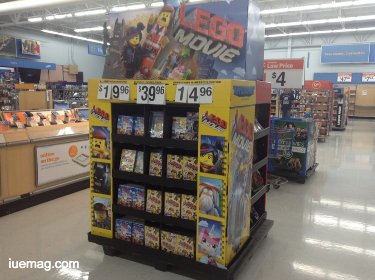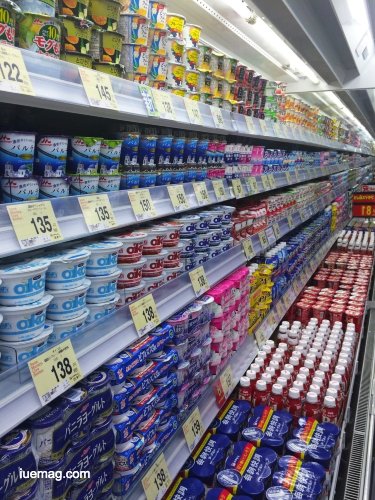

Entrepreneur's Delight
A collection of write-ups from writers/authors willing to write on Entrepreneurship, Business, Corporate Leadership & Management.

Ad
What Are the 9 Different Types of Retail Store Displays and Their Distinct Advantages?
Retail business owners must showcase their products attractively so they can make as many sales as possible. You can achieve this by using the best display units for your specific products. Read the information below to learn about nine different store displays and their advantages.

Gondola Displays
These self-supporting displays have dual sides for showcasing products on adjacent aisles or you can use them as individual units in spacious areas of the store. Gondola displays have durable steel frames and adjustable shelves for various sizes of products. Because of their sturdiness, these displays have a long lifespan, and you can find affordable units at Used Retail Store Racks.
Window Displays
If you want to attract window shoppers to step into your retail store, put up an enticing window display. When consumers see attractive products and promotional items in a store window, they'll stop in to check it out. These types of displays tell consumers about the items you have for sale and the brands you sell, which is great for business.
Point Of Purchase Displays
There are many point of purchase displays, including shelving units, large bins, and free-standing displays. You can place point of purchase displays at the checkout lanes, near the entrance, and in the center of aisles. These displays are best used to entice consumers to make impulse buys.
Glass Display Cases
These attractive displays present your products in an enclosed glass case. If you sell high-end items, such as jewelry or watches, you can keep items safe while still allowing consumers to browse them. Glass display cases are stylish, they keep your products organized, and they draw the attention of consumers.

Garment Racks
If you sell clothing in your retail store, garment racks will keep them free of wrinkles. There are many styles of clothing racks, such as a multi-tier, circular, and double rail. It's easier for customers to look at clothing when it's arranged neatly on racks grouped together by sizes or colors.
Pegboard Displays
This versatile unit contains holes over the entire surface and you can use your imagination to create a stunning display. Options include hanging wire baskets, hooks, or shelves to showcase your products. Pegboard assembly is easy so you can change products as often as you like.
Gridwall Panel Displays
Many retail store owners use these displays because of the option to hang them on the wall or combine them with other displays. Because they're made from lightweight metal, you can move the wire frame panels to different areas of the store. As your inventory increases, you can quickly and easily add more gridwall panels as needed.
Slatwall Panel Displays
These units have recessed shelving for displaying goods, and there's also the option to attach hangers or hooks to some or all of the shelves. Slatwall panels save space because you can use all the shelves-;even the highest ones. These panels keep products organized, which keeps the store orderly and helps you to monitor inventory.
End Cap Displays
Store owners place end cap displays at one or both ends of the aisles facing the walkways. These popular retail sales units attract consumers who don't walk down each aisle. They're used to feature a specific product and to encourage impulse buying.Learning about these nine kinds of display units and what they're used for will give you an edge over the competition. Combine two or more types of displays to maximize your earnings. Don't forget to get creative when setting up your displays, which will entice your customers to buy.
Copyrights © 2024 Inspiration Unlimited eMagazine
Any facts, figures or references stated here are made by the author & don't reflect the endorsement of iU at all times unless otherwise drafted by official staff at iU. This article was first published here on 20th November 2019.



